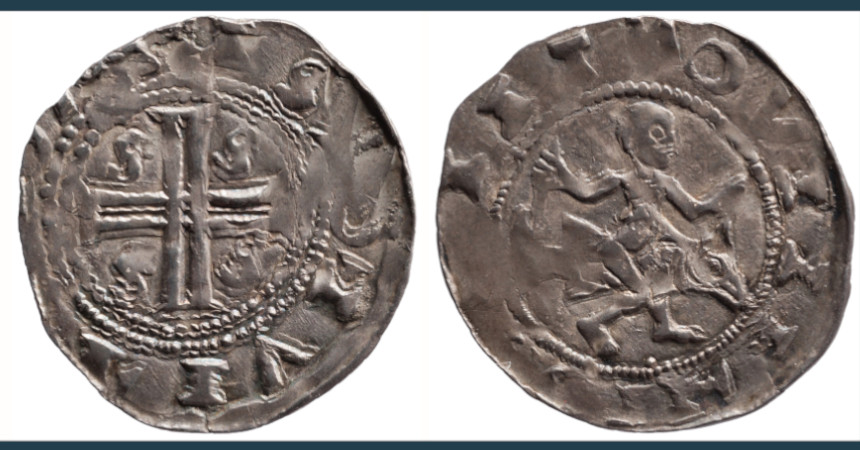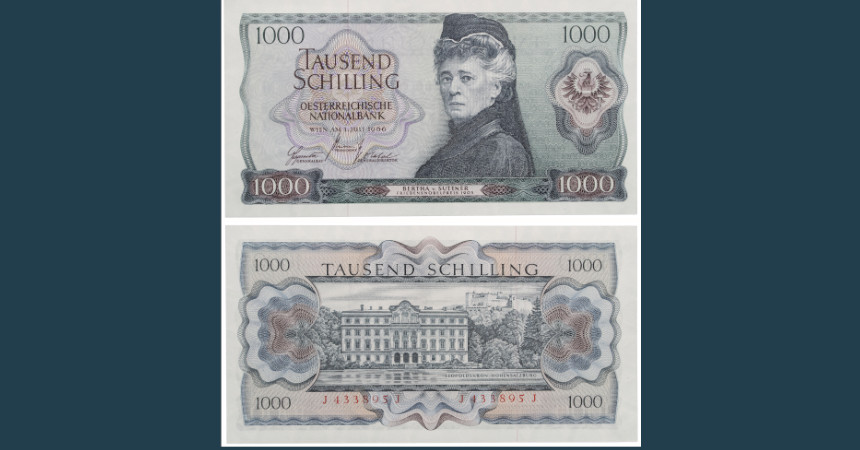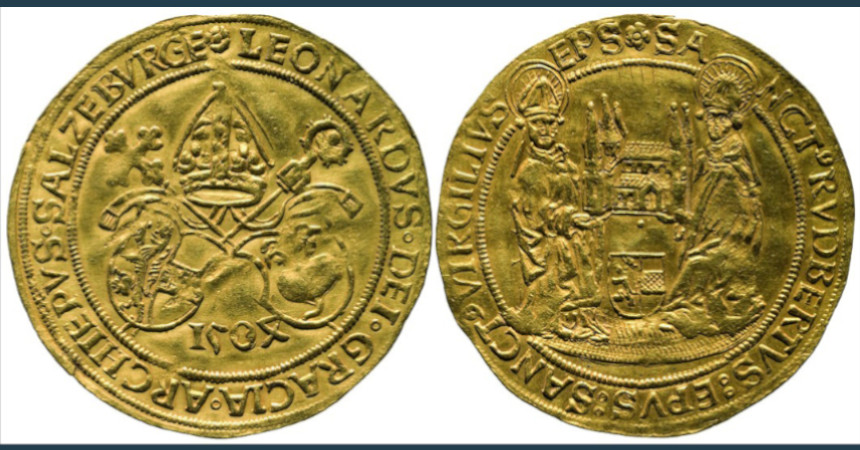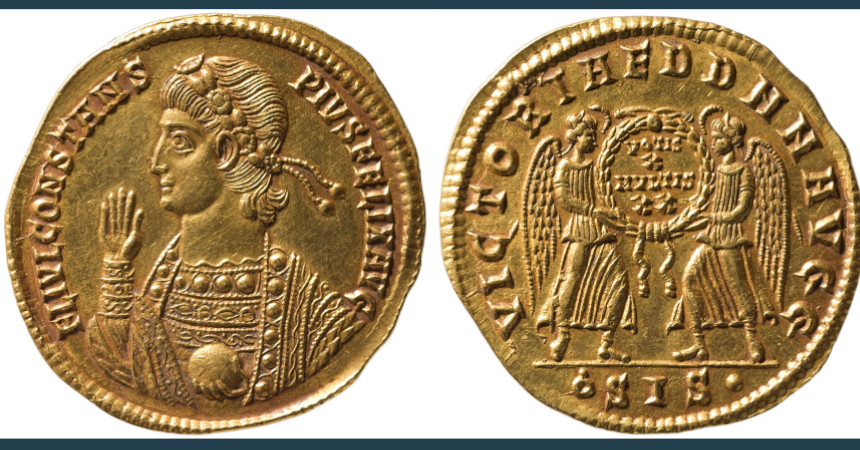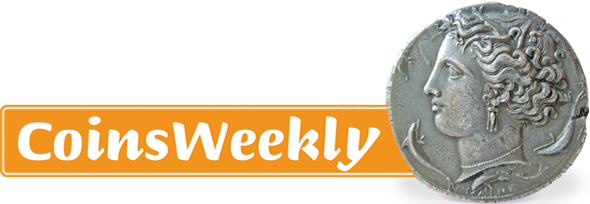Coin Collection of the Kunsthistorisches Museum Wien
Wenn es kein Logo gibt, wird diese Spalte einfach leer gelassen. Das Bild oben bitte löschen.
(Dieser Text wird nicht dargestellt.)
Kunsthistorisches Museum Wien
KHM-Museumsverband
Maria-Theresien-Platz
1010 Vienna
Austria
info.mk@khm.at
www.khm.at/en/visit/collections/coin-collection/khm.at
www.ikmk.at
Opening hours:
Monday to Sunday, 10 a.m. to 6 p.m.
Thursday, until 9 p.m.
Open daily from June to August!
Coin cabinet only open on Thursday, Saturday and Sunday.
About the history
The Vienna Coin Cabinet is one of the largest and most important coin collections in the world. It has been located on the second floor of the Kunsthistorisches Museum on Vienna’s Ringstrasse for over a hundred years and impresses its guests with top-class exhibits and impressive historical furnishings.
The history of the Coin Cabinet is no less impressive. It goes back to the imperial Habsburg collection, the oldest surviving inventory of which was created under Emperor Ferdinand I (r. 1556–1564). This early imperial collection was later combined with the coin collections of Archduke Leopold Wilhelm (1614–1662) and Archduke Ferdinand II (r. 1564–1595) from Ambras Castle on the orders of Emperor Charles VI (r. 1711–1740) to create a unified cabinet. Emperor Franz I Stephan (r. 1745–1765) brought a new facet to the imperial coin collection, which until then had consisted largely of ancient coins; his collecting focus was on, what were then, modern coins.
But there is also a number of important research personalities behind this first-class collection. Among them is Joseph Hilarius Eckhel, who was appointed head of the coin and antiquities cabinet in 1774 and who would ultimately become a trend-setter for all ancient numismatics. The so-called “Eckhel order” of ancient coins according to geographical and chronological aspects exists to this day. Eckhel published it in his eight-volume work Doctrina Nummorum Veterum, which gave the Imperial Cabinet worldwide recognition for the first time.
About the inventory
Today, the Vienna Coin Cabinet’s collection includes around 600,000 objects from three millennia, including not only coins, but also pre-monetary forms of money, paper money, shares, medals, orders and decorations. There is also a rich collection of minting tools, models and patents. The inventory of coins and medals from the House of Austria, the Archbishopric of Salzburg and the Austrian Middle Ages is unique. The inventory of Roman coins is also one of the largest and most complete in the world.
The Coin Cabinet’s collection is continually being expanded. This includes not only mandatory copies of the current minting from Münze Österreich AG, but above also purchases of important collections, such as the Lindpaintner collection, which includes almost 1,700 coins from the ancient Orient.
A wide selection of the holdings can be found in the Coin Cabinet’s interactive catalog.
Exhibitions
The Vienna Coin Cabinet extends over three exhibition rooms. Hall I offers an overview of the history of the medal from its beginnings in Italy around 1400 to the 20th century. Austrian and European decorations are also presented here. Hall II focuses on the history of coin and paper money; the range extends from pre-monetary forms of money and natural money to the invention of the coin in the 7th century BC to the present day. In Hall III, new special exhibitions are presented approximately once a year.
Research projects and digitization
In addition to the director, 4 curators and 4 academic staff are currently employed at the Vienna Coin Cabinet. In addition to research projects that primarily deal with the history of the collection and the core holdings of the collection, digitization has recently been the focus of scientific activity.
Here you will find an overview of the current research projects of the Vienna Coin Cabinet.
This is how you can support the Vienna Coin Cabinet
For centuries, coin cabinets have owed a significant contribution to private individuals. The generous financial support of numerous donors has not only enabled the Vienna Coin Cabinet to make significant purchases in recent years but has also promoted the digitization of the collection. You can support the Vienna Coin Cabinet, for example, by sponsoring a coin.
You can find more information here.
All texts and images © KHM-Museumsverband










